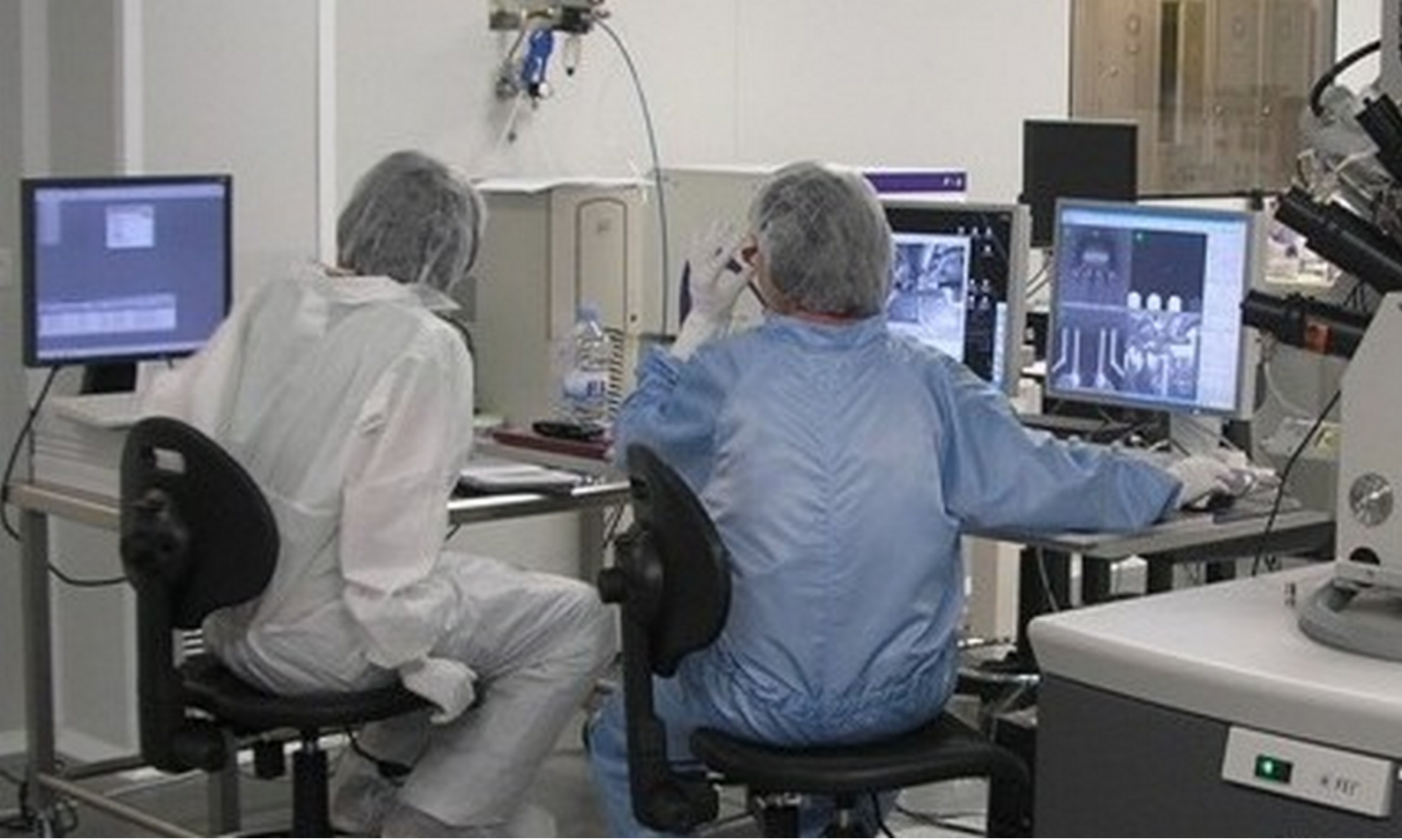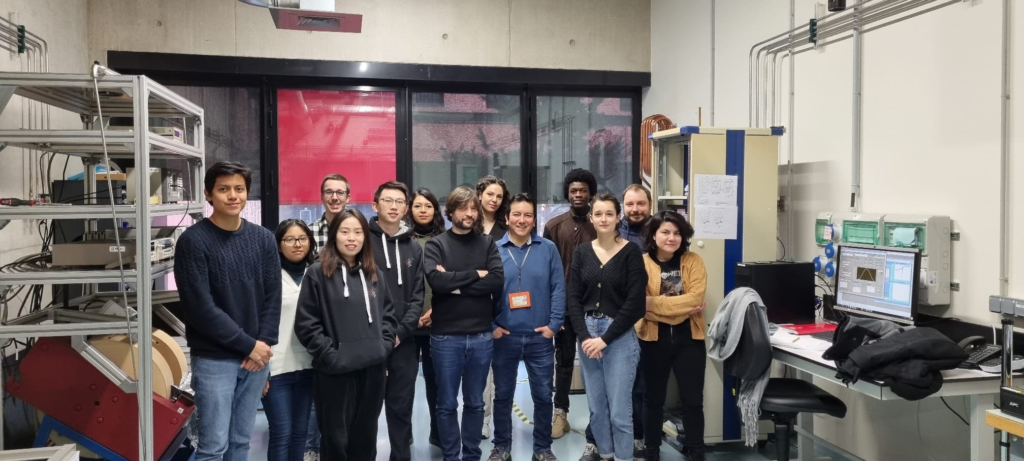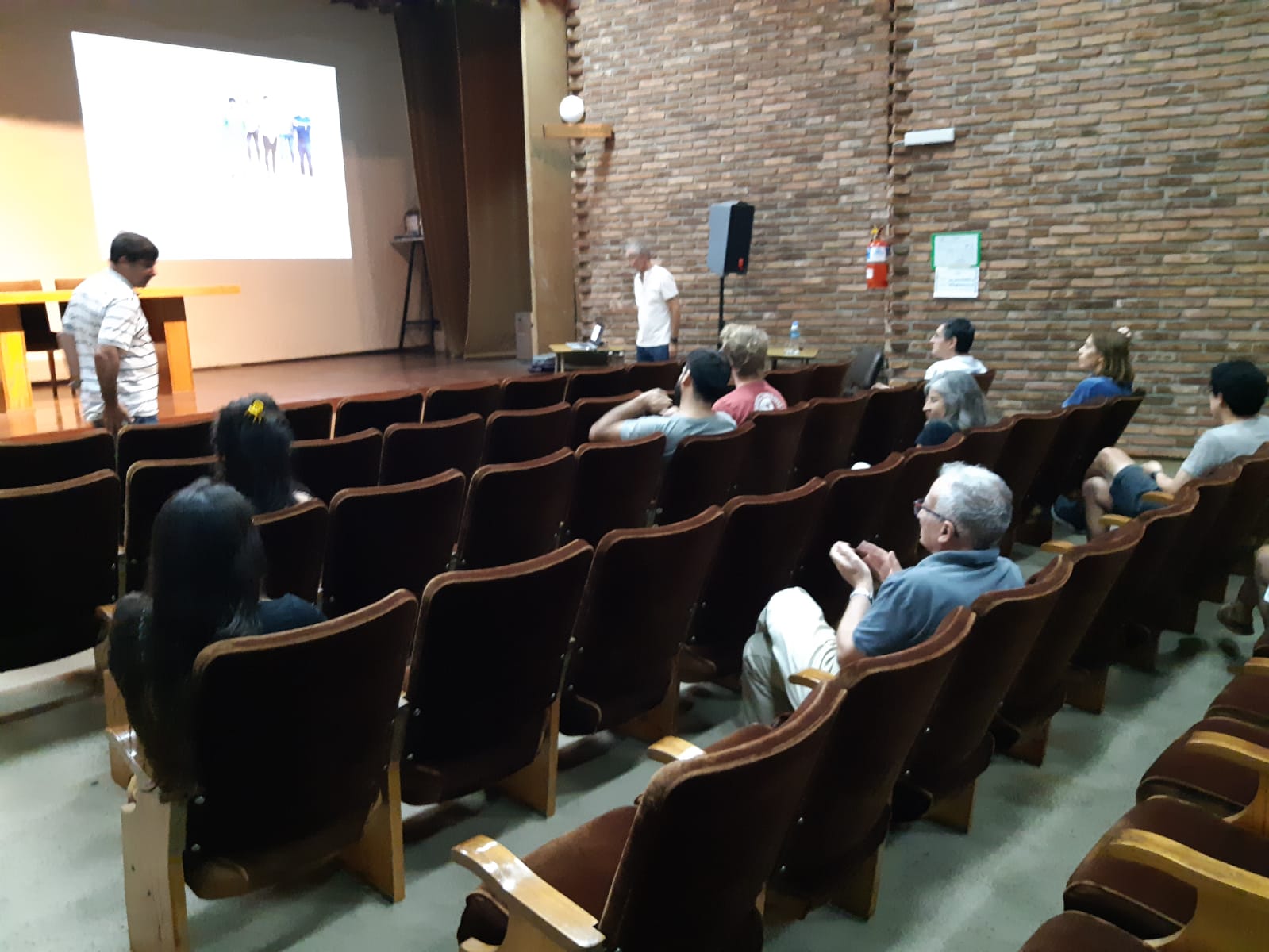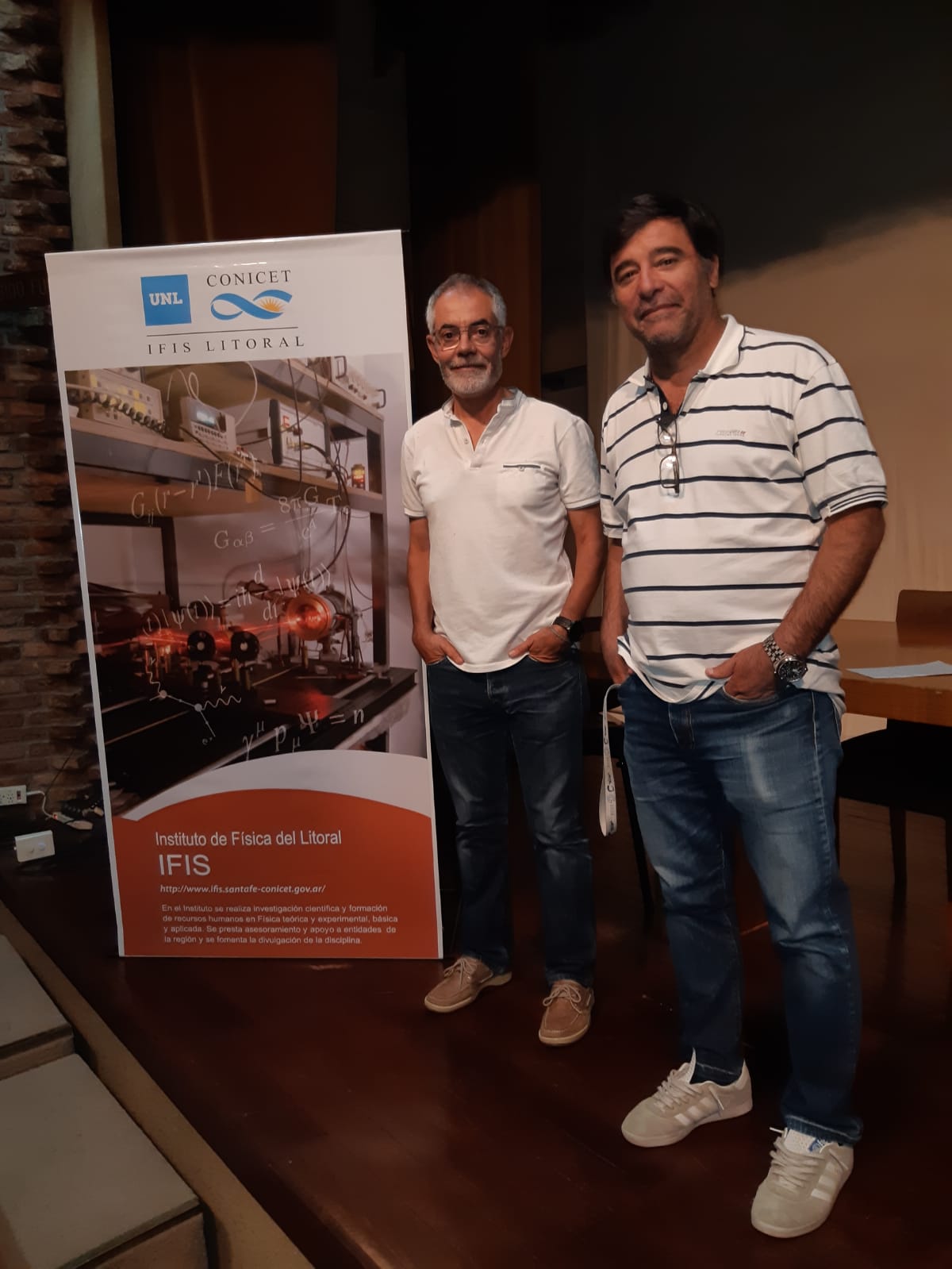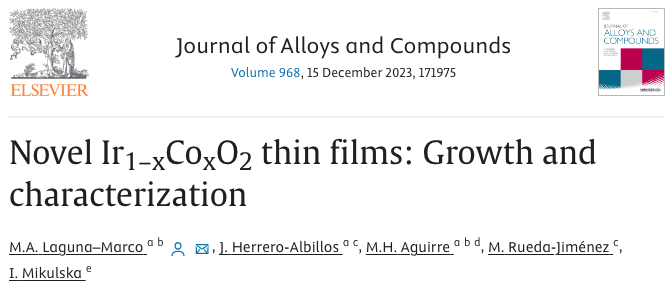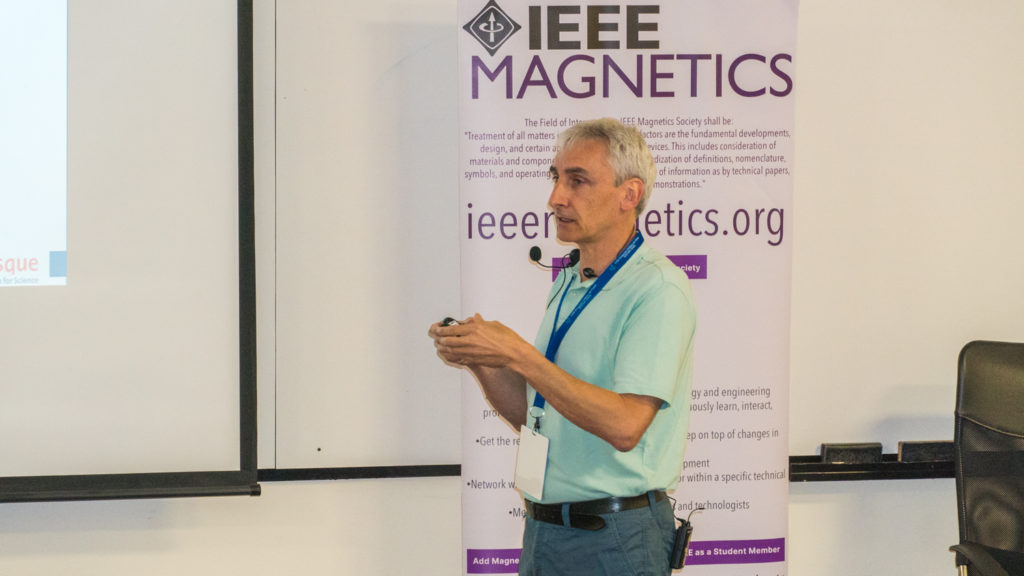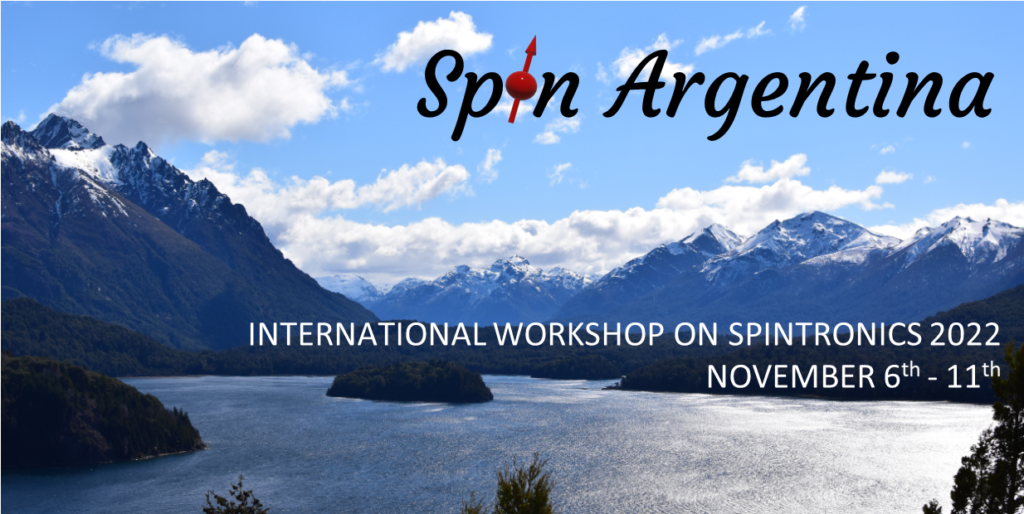ULTIMATE-I participation in SPIN Argentina 2022 – Workshop on Spintronics
6 – 11 November 2022, San Carlos de Bariloche, Argentina
Invited talks:
L. B. Steren, INN-Conicet, Argentina, Control of magnetism by electric fields and strains in oxide-based multiferroics.
J. Curiale, Instituto de Nanociencia y Nanotecnología, CNEA– CONICET, Río Negro, Argentina, Universal critical exponents of the magnetic domain wall depinning transition.
Andrew D. Kent, Center for Quantum Phenomena, Dept. of Physics, New York University, USA, Spin-orbit Torques in Antiferromagnet Insulator/Heavy Metal Heterostructures.
P. Vavassori, CIC nanoGUNE BRTA, Spain, Plasmon-assisted nanomagnetic logics.
Contributed talks:
J. E. Gómez, Centro Atómico Bariloche, CNEA, INN, CONICET, Argentine, Tungsten crystal structure: Its role on the spin transport parameters.
H. Damas, Université de Lorraine, CNRS, France, Currentinduced Self-Torque in GdFeCo ferrimagnet.
I. Stanković, Scientific Computing Laboratory, University of Belgrade, Serbia, Tubular structures of magnetic particles – an accessible platform for curvilinear nanomagnetism.
M.A. Laguna–Marco. Instituto de Nanociencia y Materiales de Aragón, Zaragoza, Spain, Optimizating the performance of IrO2 by doping: Ir1–xMxO2 thin films (M = Sn, Cr, Co).
and 22 posters, among them:
Lara Solís (CNEA): ”FMR and thermal spin pumping enhanced by perpendicular anisotropy in YIG/Pt bilayers”; authors: Lara M. Solís, Santiago Carreira, Javier Gómez, Javier Briático, Abdelmadjid Anane, Alejandro Butera, Laura Steren, Myriam H. Aguirre
Sindy Rodríguez (CONICET): “Recognition of switching events in molecular nanoprobe experiment: an application to study spin transport”; authors: S.J. Rodríguez, A. Moya , M.H. Aguirre, M.C.G. Passeggi, R. Ibarra, D. Serrate
Sindy Rodríguez (CONICET); poster presentation: “Planar surfaces of point dipoles as a platform for 2d magnetic structure research”; authors: I. Stankovic, M. Passeggi, M. Aguirre, C. García
J. Martín Núñez (CONICET): “Synthesis and magneto-transport properties of FeO@Fe3O4@MgO@Fe3O4 onion-like magnetic nanoparticles”; authors: Jorge M. Núñez , Víctor Leborán , Francisco Rivadulla, Gerardo. F. Goya, Roberto D. Zysler , Myriam H. Aguirre, Elin L. Winkler


